Atticus Wool Blend Peacoat
Certified circular recycled wool
From start to finish
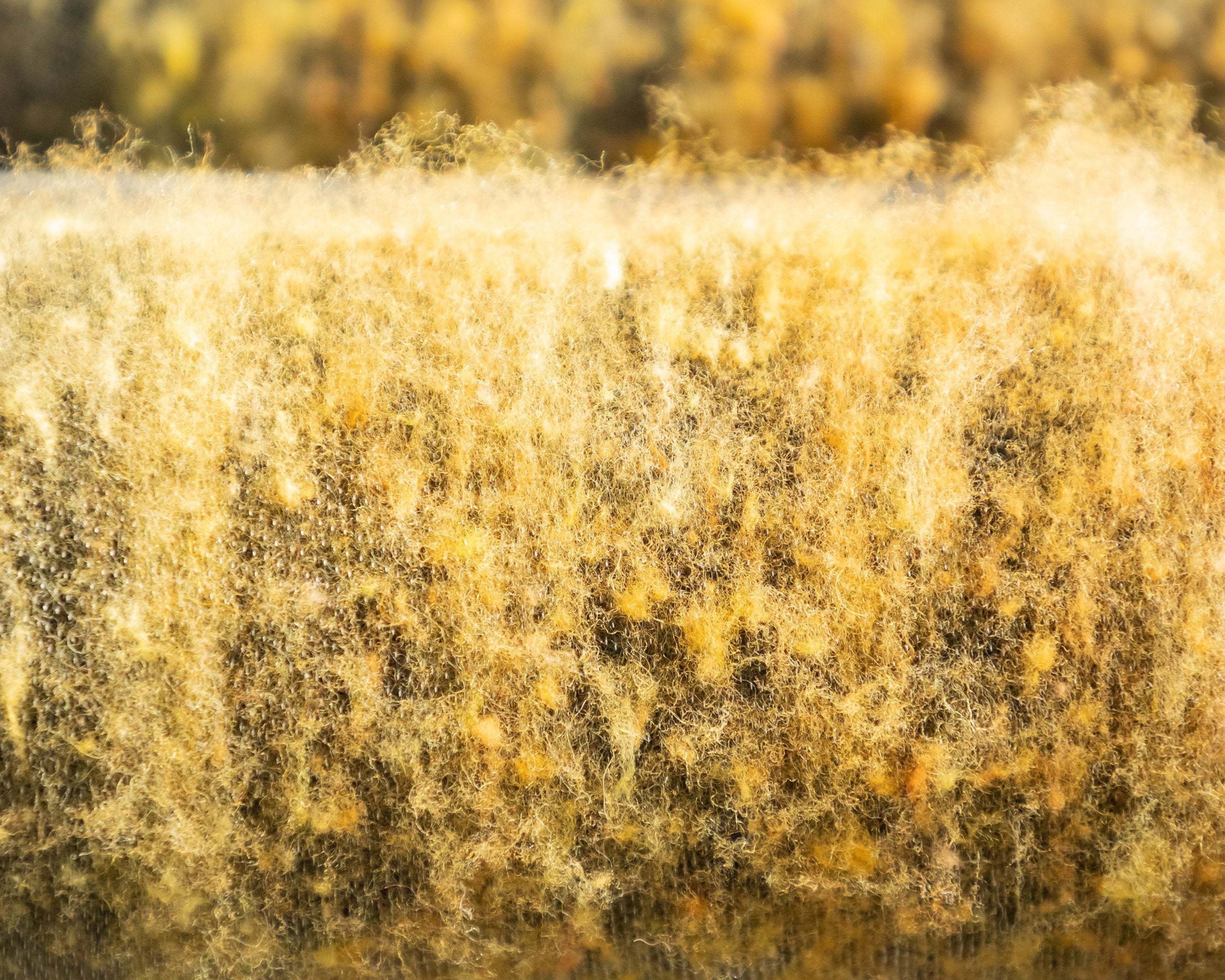
Before
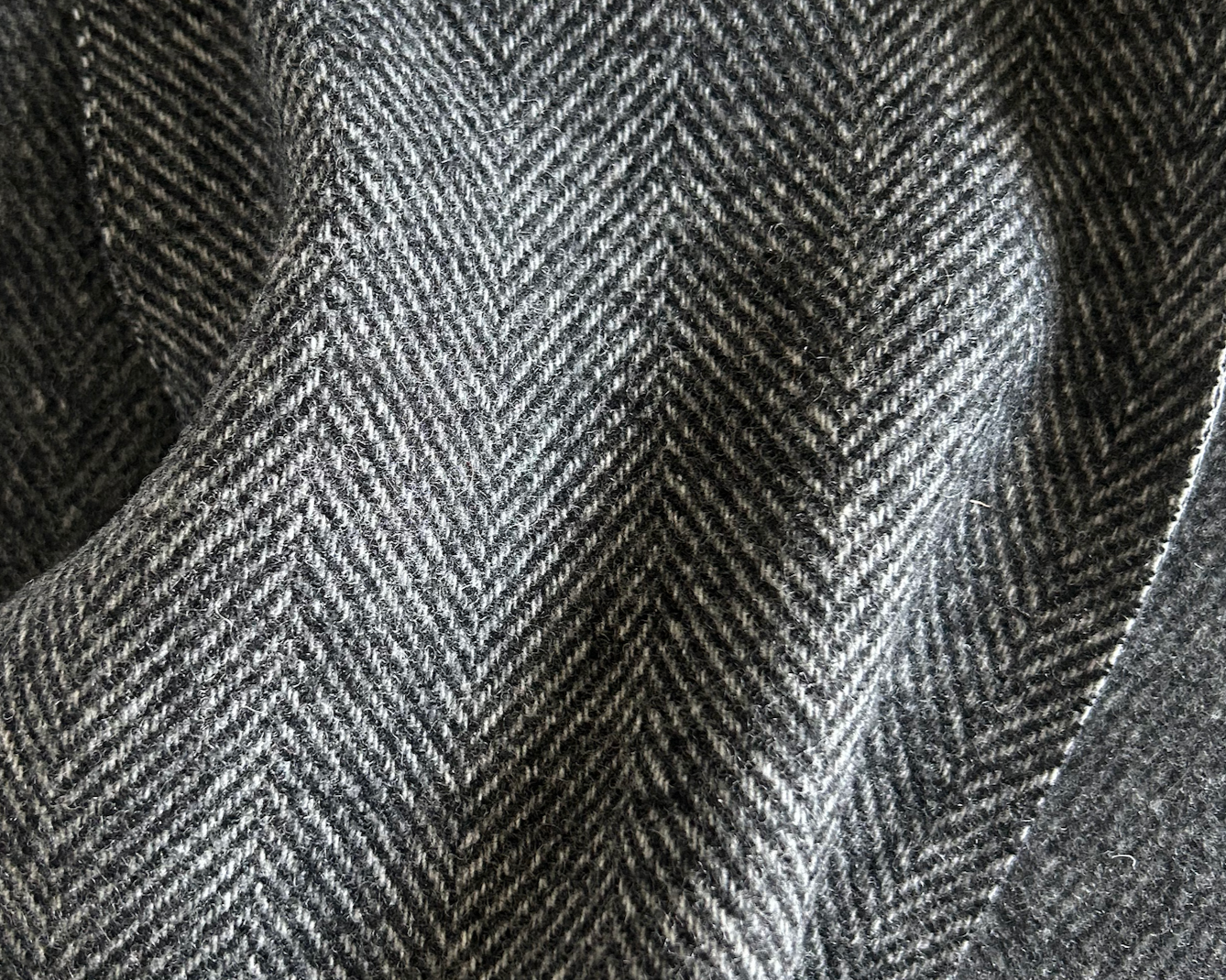
After
Eco-labels and certifications
The innovative recycling process ensures the raw materials retain the natural characteristics of virgin wool. It is fully circular, biodegradable, and zero-waste. Eliminating the need to use new wool by making the most of what’s already been produced, mechanically recycling industrial waste, pre, & post-consumer garments, scraps, and leftovers. The Global Recycled Standard certifies each stage of production to verify recycled content in materials and products, ensuring traceability and respect for social and environmental standards. Compared to generic virgin wool fibers, it impacts 99.2% less on climate change, 99.9% less on water use, and 93.3% less on total energy consumption. These values were calculated with a life cycle assessment, in accordance with the international standards UNI EN ISO 14040, UNI EN ISO 14044, and UNI EN ISO 14025. The fiber's and fabric's low impacts were calculated and certified according to the international EPD® scheme, in accordance with the international standard ISO 14025.
CUPRO
From Cotton linter to new yarns
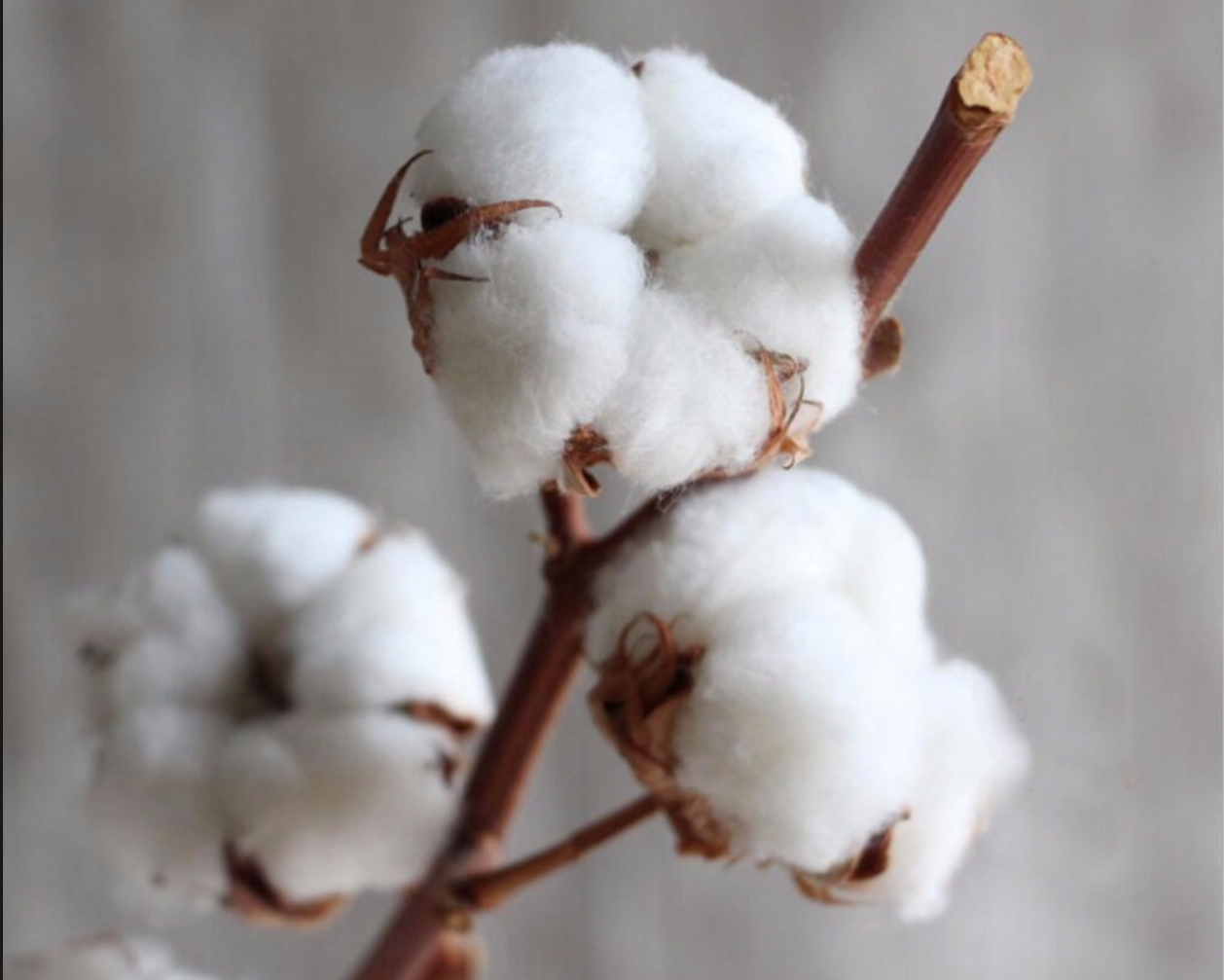
Before
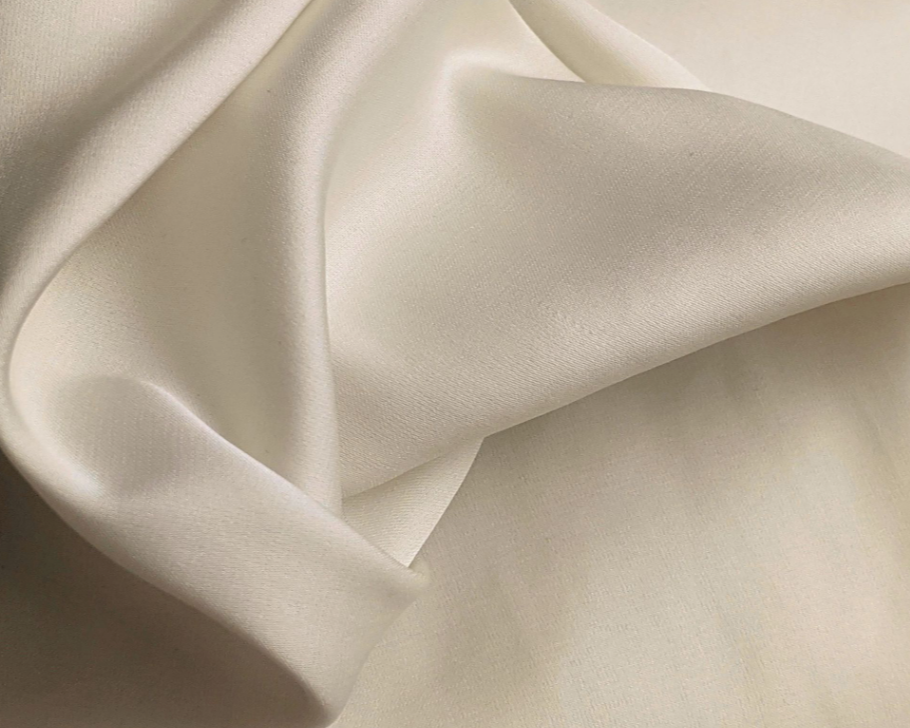
After
The raw materials used
The sustainable raw materials used come from RCS 100 certified yarn is 100% produced from Cotton Linter. It is verified by the recycled claim standard RCS and certified by intertek-150838-RCS. The material is certified as environmentally friendly and guarantees that there are no harmful substances used in the material. The Recycled Claim Standard (RCS) set the criteria for the third-party certification of recycled materials, thereby increasing transparency and assurance for recycled fibers. The sustainable raw materials used for cupro come from the cellulose obtained from the spinning waste from cotton. It is therefore considered waste and identified as recycled and part of the concept of the circular economy since no trees are cut down. As cotton linter is naturally derived, it is biodegradable and compostable.
repurposed horn
From waste product to trims
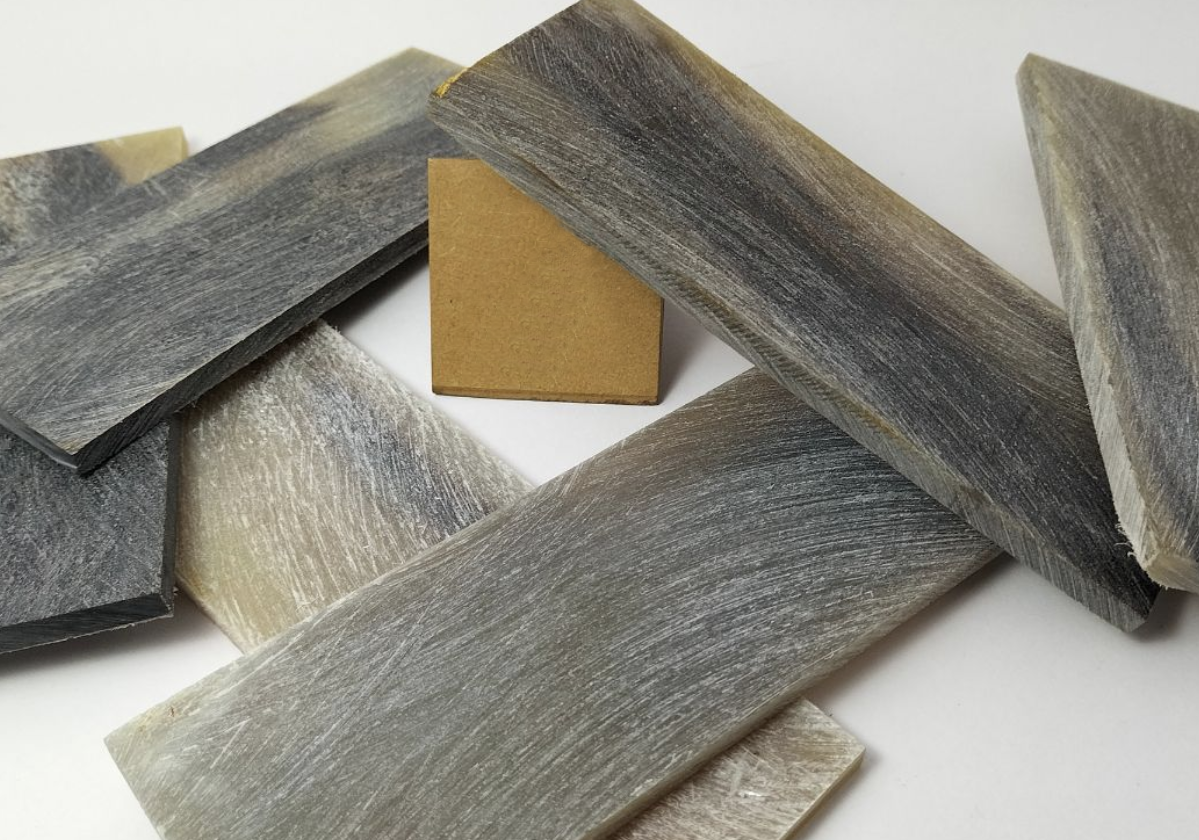
Before
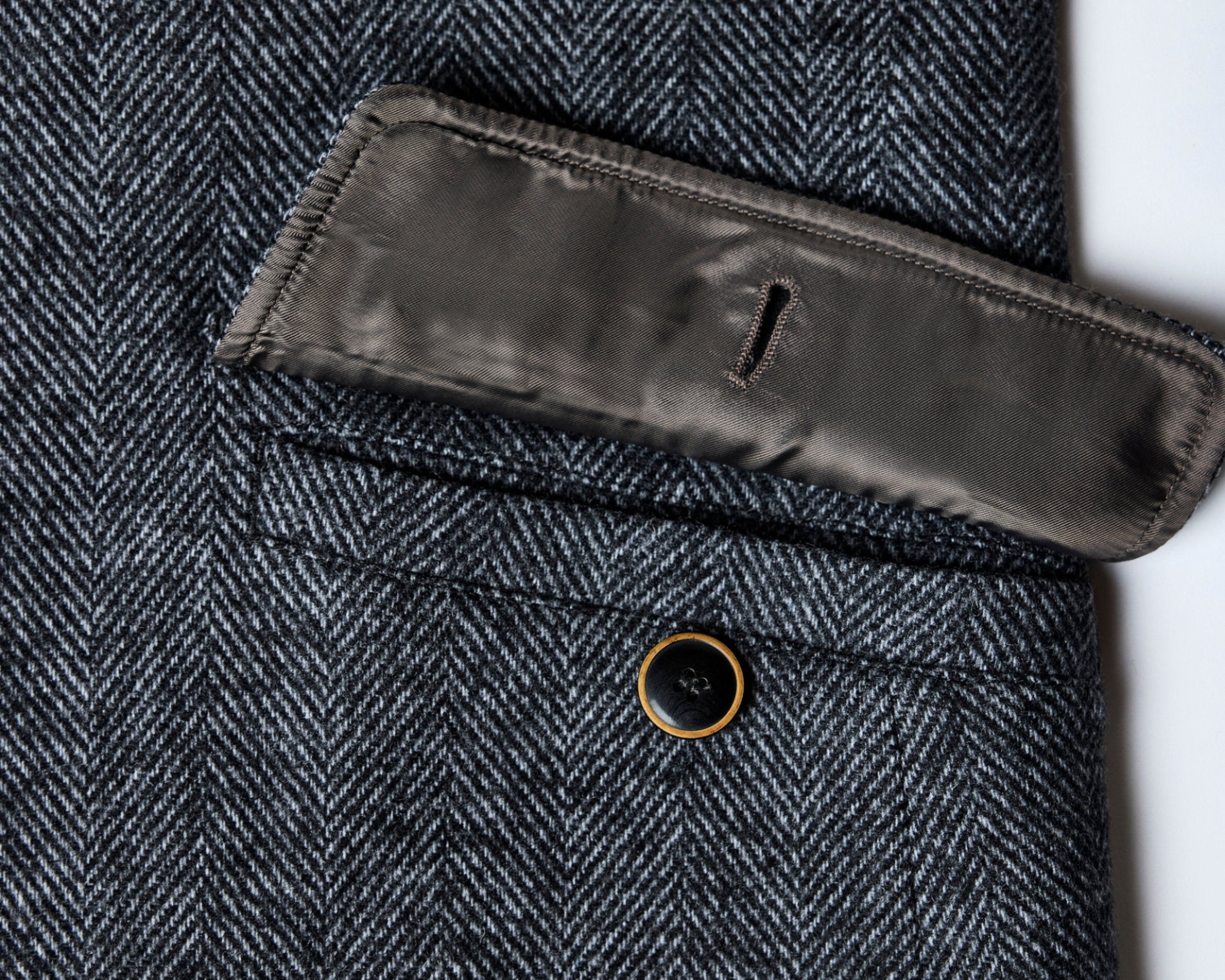
After
repeating life cycle
The material is very precious and ethical, as the horn is a repurposed waste product recycled from the food industry. Horn is a sustainable and high-quality alternative to plastic buttons, contributing to a recycling process and repeating life cycle. This material is very strong, as it is naturally designed to withstand wear and tear, even extreme force and pressure. You'll be able to use your horn buttons for a long time. The buttons are certified under the OEKO-TEX® STANDARD 100 annex 4 product class 1.
REGENERATED NYLON
Closing the loop
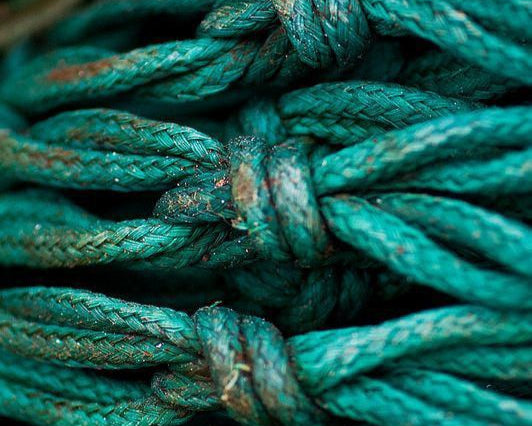
Before
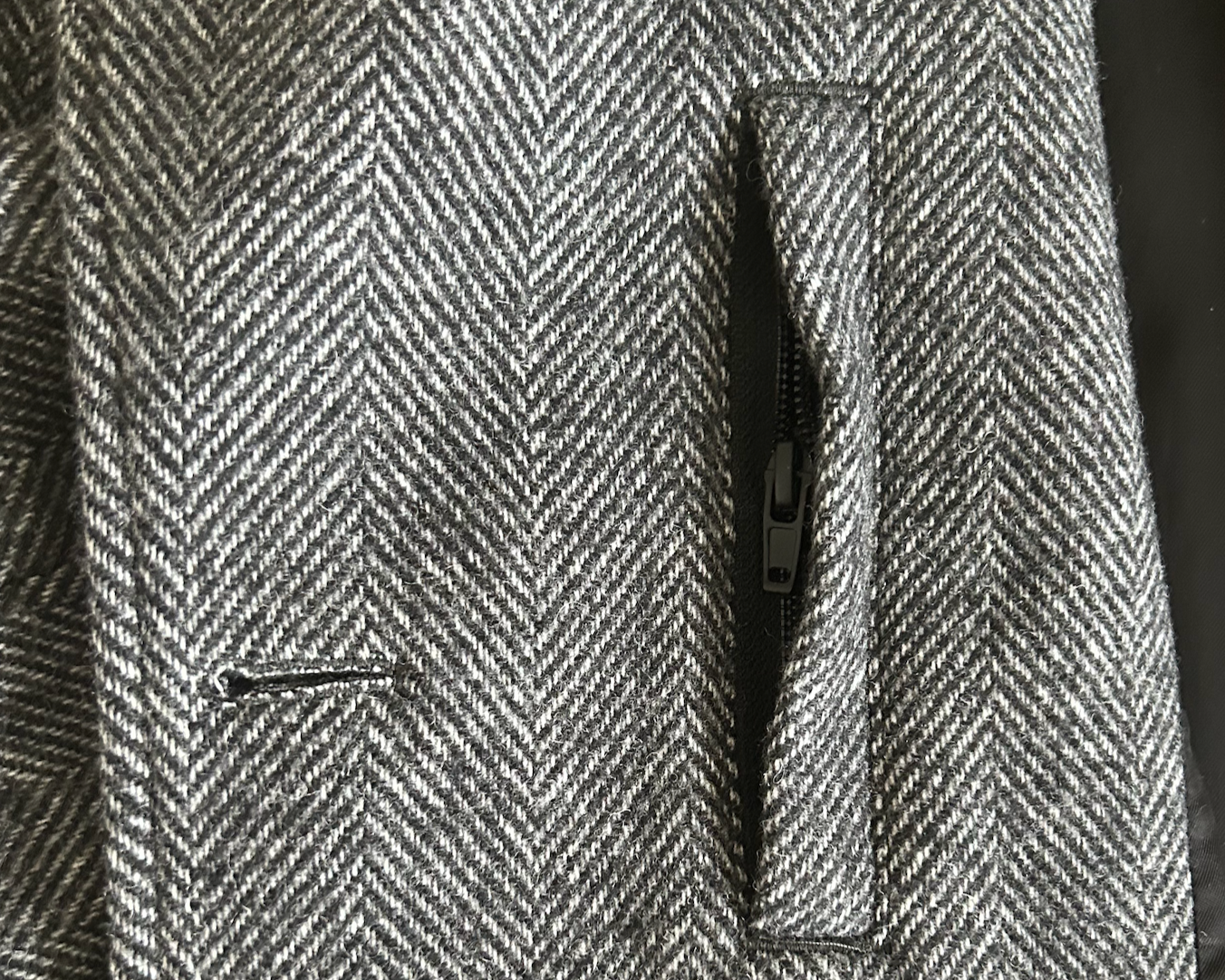
After
Rescue, Regenerate, Remake
Recycled zippers entirely made from the mono-material of regenerated Nylon. Waste from landfills and oceans is recycled back to its original purity and has the potential to be recycled infinitely without ever losing its quality - an endless loop towards a sustainable future. The use of one material allows for an easier recycling process when the product reaches the end of its life. The regeneration System rescues waste and carefully sort, clean and recover all of the nylon possible. The regenerated nylon is spun into yarns or processed into polymers from which products are produced. The zips are certified by the Global Recycled Standard V4.0:2017, Content Claim Standard 3.1:2022, Textile Exchange Standards Claims Policy V1.3.
PLANT-BASED PAPER
Repurposed pulp
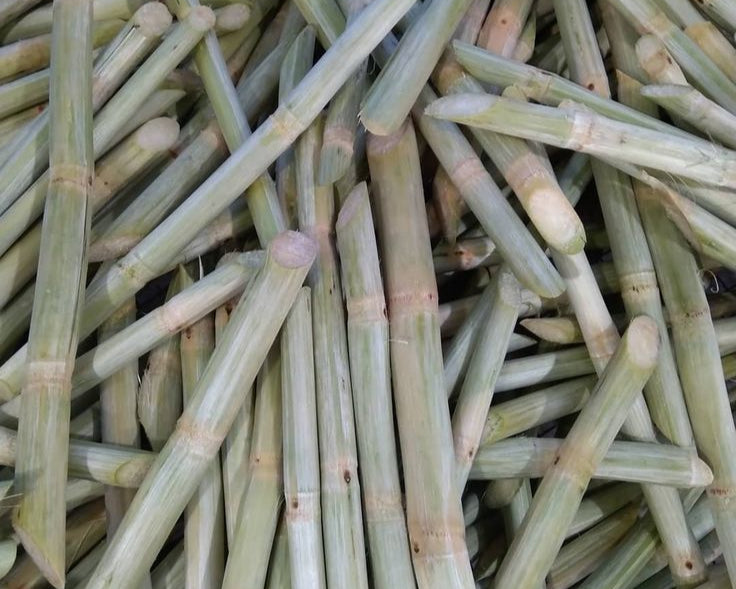
Before
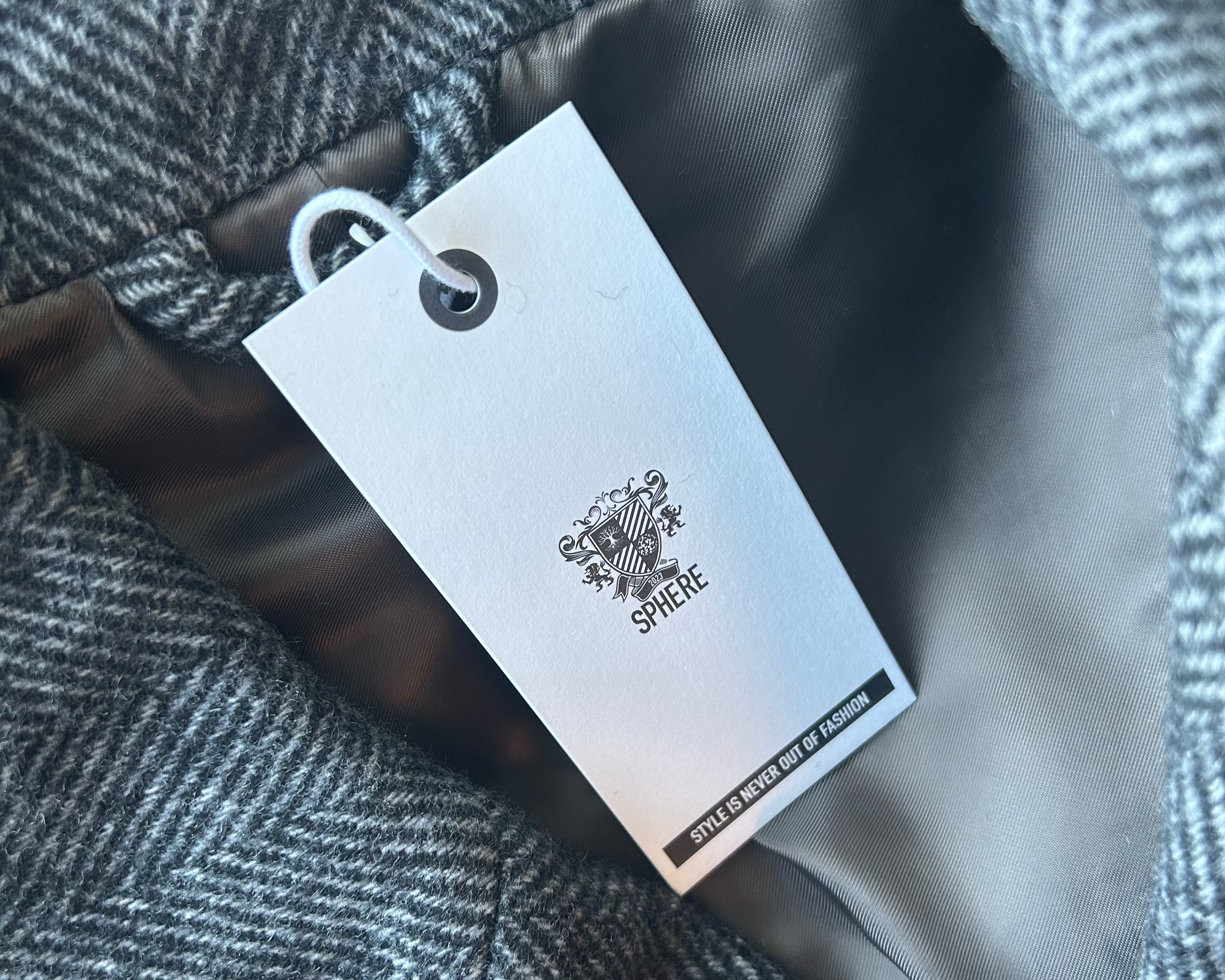
After
Renewable, Biodegradable, Compostable
Sugarcane bagasse is a fibrous waste material that comes from the sugarcane industry. The sugarcane pulp is a plant-based material, which biodegrades in 30-90 days, leaving behind no toxic residue and creating nutrient-rich compost. The pulp is used to create paper, which in turn reduces the need to cut down trees and slows deforestation. Trees take a long time to grow to maturity before they can be harvested, while sugarcane can be harvested annually, making it a rapidly renewable resource. Eco-friendly materials possess three characteristics: They're renewable, biodegradable, and compostable. Sugarcane fiber is all three.
RECYCLED POLYESTER
Pre & post-consumer waste
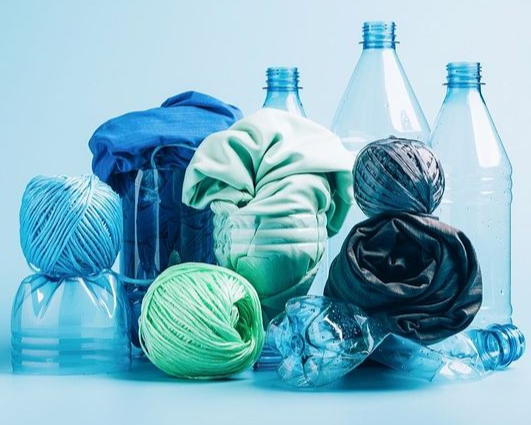
Before
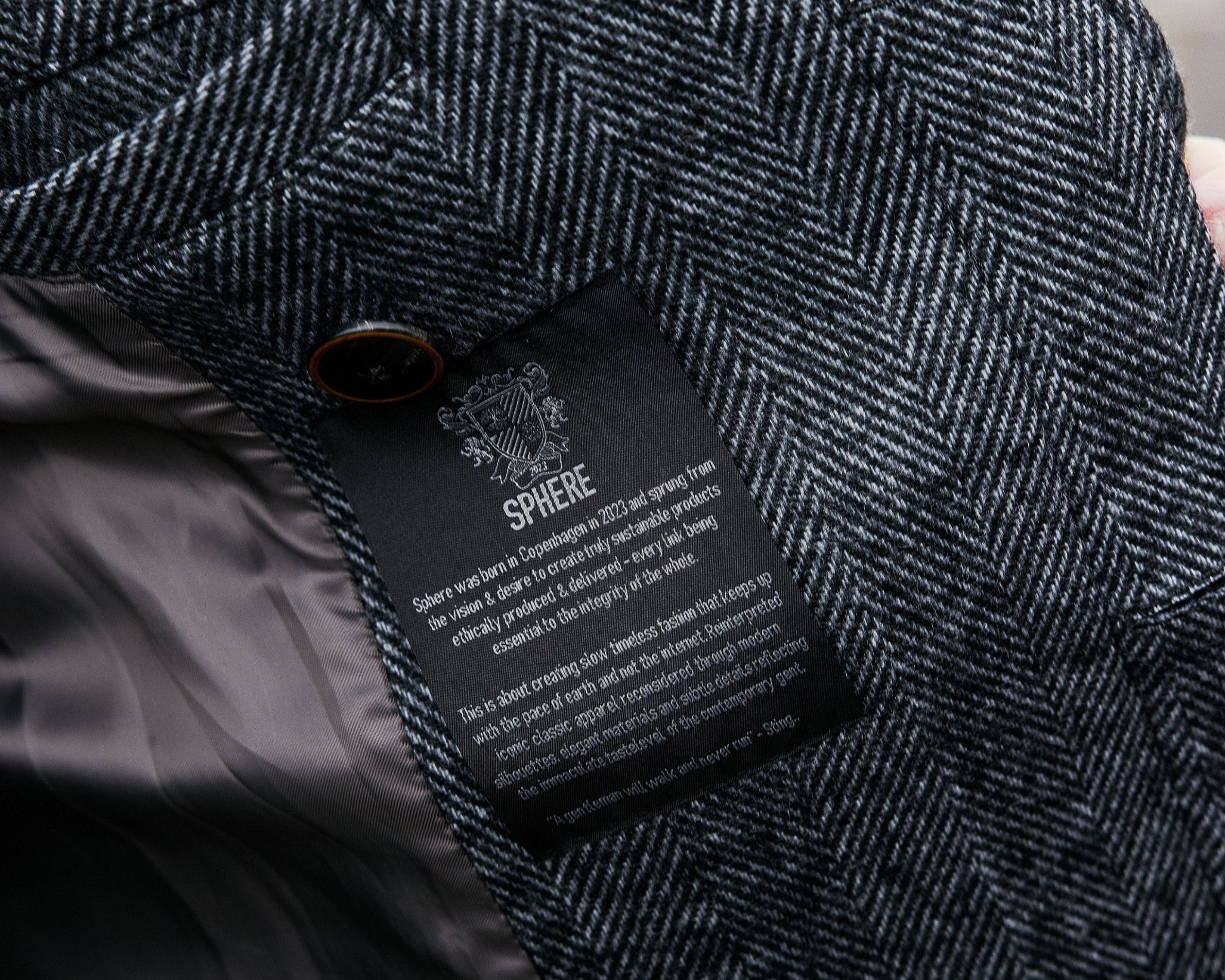
After
Certified traced content
Textile waste is a material that is considered unusable for its original purpose and can include fashion and textile industry waste created during fiber, textile production, clothing manufacturing, and post-consumer waste. The textile waste is used as a raw material for manufacturing recycled yarn, which in turn becomes new products. This will aid in replacing the prevalent use-and-dispose economy, as recycled polyester is almost the same as virgin polyester in terms of quality. Production of recycled polyester requires less energy compared to virgin polyester, reducing CO2 emissions, energy, and water consumption while keeping polyester waste products from ending up in landfills. The recycled polyester we use has been audited and found to be in conformity with the Global Recycled Standard (Version 4) Scope Certificate Number TRC-GRS-221083 Version TRC-GRS-221083. Each stage of production is required to be certified, addressing traceability, environmental principles, social requirements, chemical content, and labelling.
